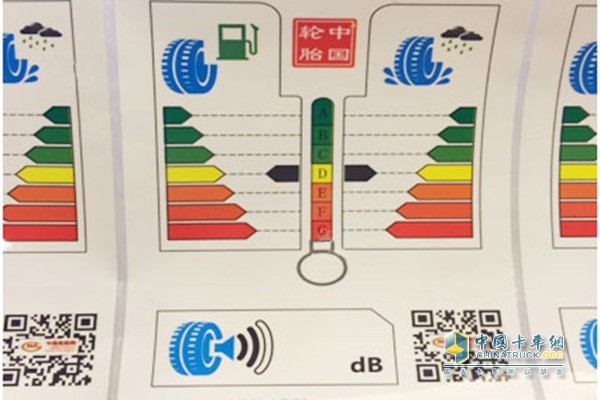At present, the online reporting and management data platform has been open to enterprises and has received positive responses from domestic large tire companies and foreign-funded tire companies in China. However, there are also some tire companies expressed concern. These companies believe that this system is implemented voluntarily. If there is no significant difference between posting and non-posting, then it is a constraint for labeling companies, and it is an advantage for non-affixed enterprises. Government or multi-lateral support It is reported that if tire companies choose to label, they will need to invest a certain amount of testing costs. At the same time, in order to achieve standards, it is necessary to strengthen technology research and development. This means that for them economically, they need to increase extra expenses. A company without a label will have a certain influence on companies that have a genuine label if they can still sell in the market or even sell well. However, Zhu Hong, director of the China Rubber Industry Association’s Technical and Economic Committee, stated that in the future, there may be some preferential subsidies for the labeling companies, or the government may provide support from the procurement. Zhu Hong said that the reason why these two regulations were issued at the same time is because during the implementation of the system, late-stage supervision is very important. She said that if you want the tire industry to develop healthily and you want consumers to get things that are not adulterated, you must implement supervision. Although the China Rubber Association does not have enforcement power, it can guide it. To this end, the implementer guides the consumer to scan the two-dimensional code on the label and find out the data source of the tire to discriminate between true and false. At the same time, through the form of media exposure, certain countermeasures have been imposed on counterfeiters. In addition, they will also recycle the labels that have been authorized for the company in order to commission third-party agencies to perform tests on these tires. This guiding method is undoubtedly a kind of support and encouragement for signing companies, and it can also play a role in promoting the implementation of the new system. Consumer recognition is the key Except for tire companies, the smooth implementation of the new system depends largely on consumers. Although this standard has greatly safeguarded consumers' right to know, after the implementation, whether consumers are willing to pay for it is still unknown. It is reported that through tire labels, consumers not only can intuitively determine the quality of tires, but also meet the needs of their purchase of high-quality, green energy-saving safety tires. Xu Wenying, deputy chairman and secretary-general of China Rubber Association, said that the biggest obstacle to the implementation of this labeling system may be consumer acceptance. At present, domestic consumers have such a misconception that as long as your price is good, you will not be able to buy cheap goods. So some people are blind when choosing a tire. According to industry sources, the most important thing in choosing a tire is to choose the one that suits you and cost-effective, not to say that the higher the level, the better. If it is only an ordinary means of transport, buying too high-end tires is not particularly meaningful. In order to guide consumers' rational consumption and increase the degree of recognition of labels, Zhu Hong said that during the annual Green Tire Safety Week, the China Rubber Association invited professionals to provide consumers with knowledge about tire use and maintenance. What kind of attitude consumers actually take in implementing this system may not be known until the standard is implemented. 30-40Nm³/H Oxygen Generator,Oxygen Generators With Inbuilt Compressor,Psa Oxygen Generator With Compressor,Oxygen Generator To Fill Tanks Jiangsu Minnuo Group Co.,Ltd , https://www.mnuogroupcn.com Tire classification standard
Tire classification standard
Consumer acceptance is not high as the biggest obstacle to the implementation of tire labeling system
Tire Grading Standards and Tire Label Management Regulations were implemented on September 15, 2016. This is undoubtedly a major event in the Chinese tire industry and has immediately attracted widespread attention in the tire industry. It is understood that the "tire grading standard" was drafted by 14 units, mainly including tire rolling resistance, wetland grip performance, inertial coasting noise and other parameters.